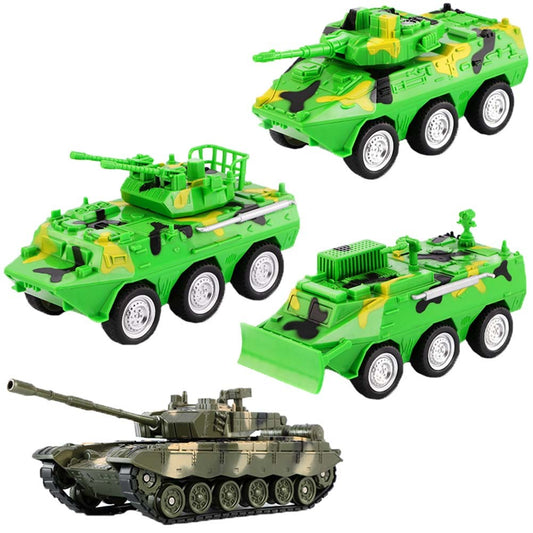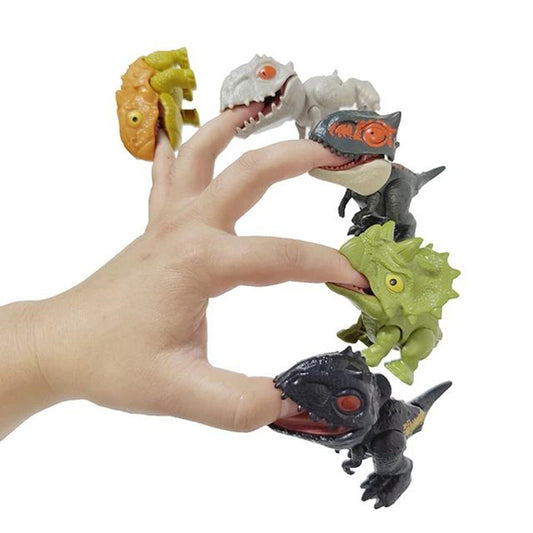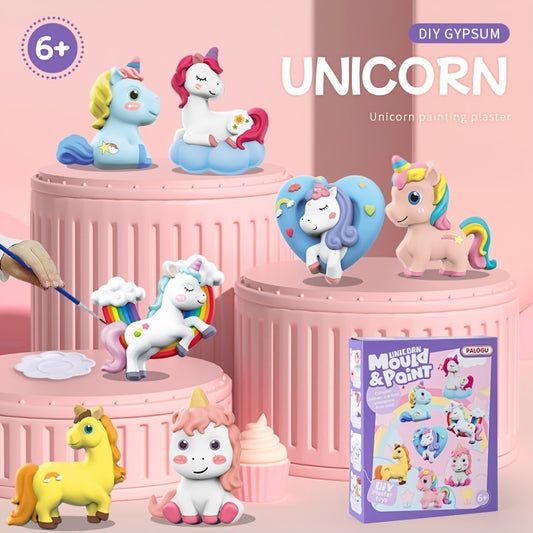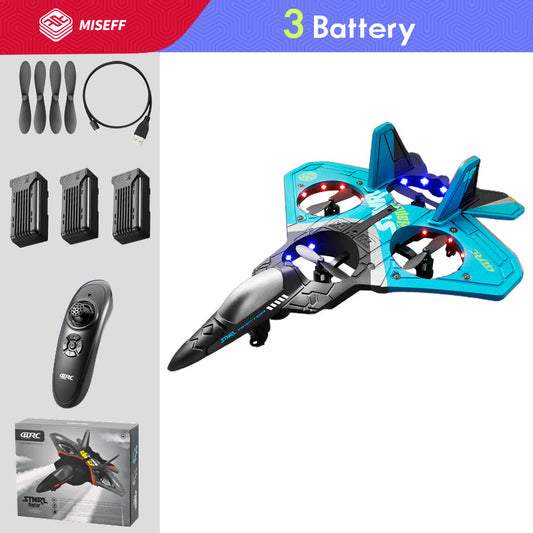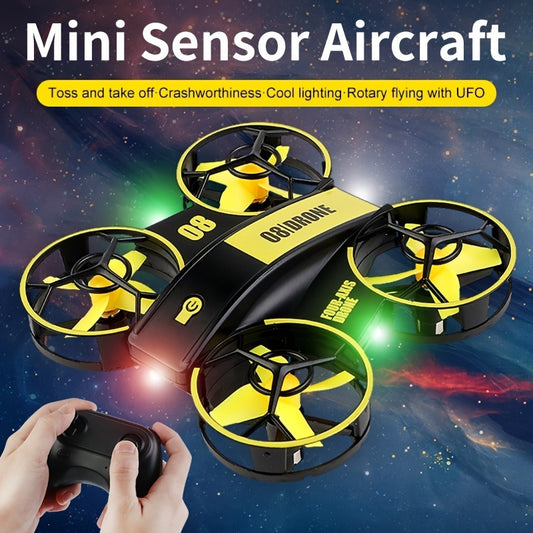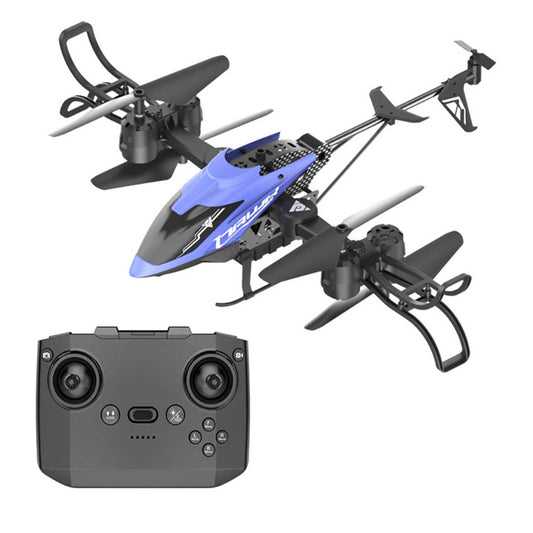If you're a parent, you know that managing your child's toys can often feel like a never-ending battle. Toys can quickly take over your home, creating clutter and chaos. However, with the right strategies and a little creativity, you can regain control and create an organized space where your child can play and learn. In this article, we'll explore effective ways to organize kids' toys and maintain a tidy and functional play area.
- Declutter and Sort
Before diving into the organization process, it's essential to declutter your child's toy collection. Here's how to get started:
-
Involve Your Child: Depending on their age, involve your child in the decluttering process. Explain the importance of sharing and donating toys they no longer use. Encourage them to select toys they no longer need or enjoy.
-
Sort Toys: Divide the toys into categories such as stuffed animals, building blocks, action figures, puzzles, and art supplies. This step will help you determine how much storage space you'll need for each category.
- Storage Solutions
Once you've decluttered and sorted the toys, it's time to find suitable storage solutions. Here are some ideas:
-
Bins and Baskets: Use clear or labeled bins and baskets to store toys. Transparent containers allow your child to see what's inside, making it easier for them to find and put away toys. Labeling bins with pictures or words can help younger children identify where each toy belongs.
-
Shelves and Bookcases: Install shelves or bookcases at a child-friendly height. These can hold books, art supplies, and small toys. Use colorful bins or boxes on the shelves to keep smaller items organized.
-
Toy Chest: A toy chest or trunk can be a handy storage solution for larger toys or stuffed animals. Ensure it has safety features like a soft-close lid to prevent accidents.
-
Hanging Storage: Consider hanging storage solutions, such as wall-mounted organizers or over-the-door shoe organizers. These are excellent for small items like action figures or craft supplies.
- Rotation System
To prevent toy fatigue and keep things fresh and exciting, implement a rotation system:
-
Create Toy Sets: Group toys into sets, and rotate them every few weeks. For example, one set could consist of building blocks, another of art supplies, and another of outdoor toys. This keeps your child engaged with their toys and prevents clutter.
-
Seasonal Rotation: Consider seasonal rotations for outdoor and holiday-themed toys. Store off-season items in a designated space, so they don't clutter up your child's play area.
- Designated Play Areas
Establish specific play areas within your home. This helps contain the mess and encourages your child to play in designated spaces. Here are some ideas:
-
Playroom: If you have the space, create a dedicated playroom. Furnish it with child-sized furniture, storage, and age-appropriate toys. This room can serve as a controlled environment for play and creativity.
-
Bedroom: Allocate a portion of your child's bedroom for play. Incorporate storage solutions and ensure that toys are easily accessible and put away at the end of the day.
-
Living Room: If the living room is a primary play area, use furniture like storage ottomans or coffee tables with drawers to hide toys when they're not in use. Consider a play mat or rug to define the play space.
- Teaching Responsibility
Organizing toys isn't just about maintaining a tidy space; it's also an opportunity to teach your child responsibility and good habits:
-
Clean-Up Routine: Establish a daily or before-bed clean-up routine. Make it a fun game by setting a timer and challenging your child to see how quickly they can put away their toys.
-
Lead by Example: Children learn best by observing their parents. Be a role model and demonstrate the importance of tidying up and taking care of belongings.
-
Donation and Sharing: Encourage your child to donate toys they no longer play with or share them with siblings and friends. Teach them about giving to others in need.
- Regular Maintenance
To maintain an organized play area, periodically assess and adjust the organization system:
-
Reevaluate: Every few months, go through the toys and reassess what your child is using. Remove items that are no longer age-appropriate or of interest.
-
Update Labels: If you're using labels on storage bins, update them as needed to reflect any changes in the toy collection.
-
Involve Your Child: Engage your child in the process. Ask them for input on what toys they'd like to keep, donate, or rotate.
Organizing kids' toys can be a challenging task, but it's well worth the effort. An organized play area promotes a sense of order, encourages creativity, and reduces stress for both parents and children. By decluttering, using suitable storage solutions, implementing a rotation system, designating play areas, teaching responsibility, and conducting regular maintenance, you can create a harmonious space where your child can enjoy their toys while learning valuable life skills.

